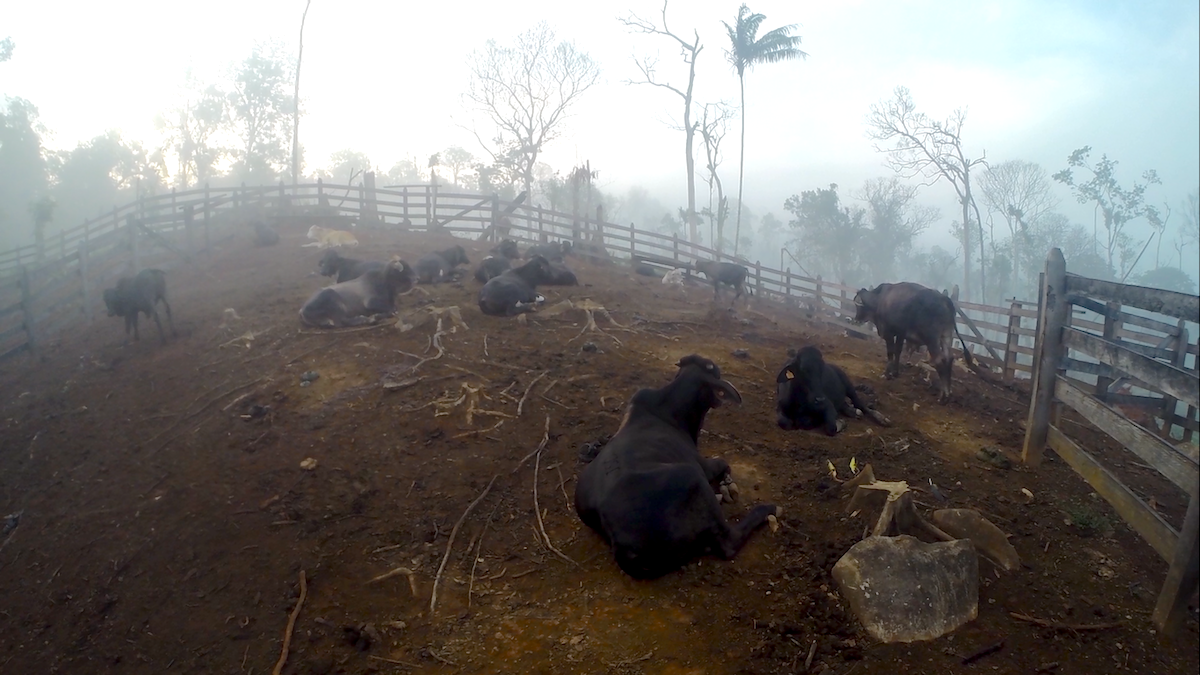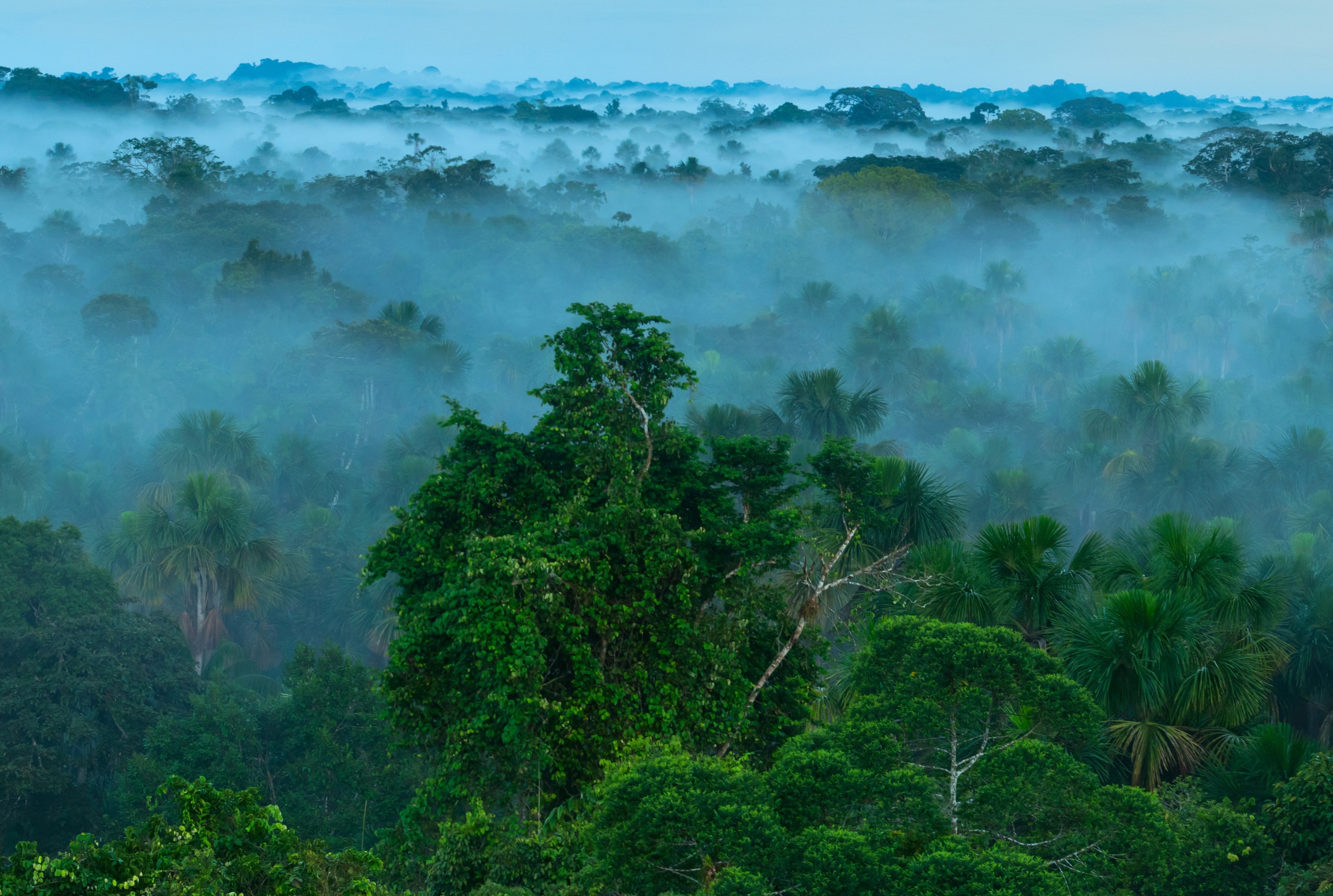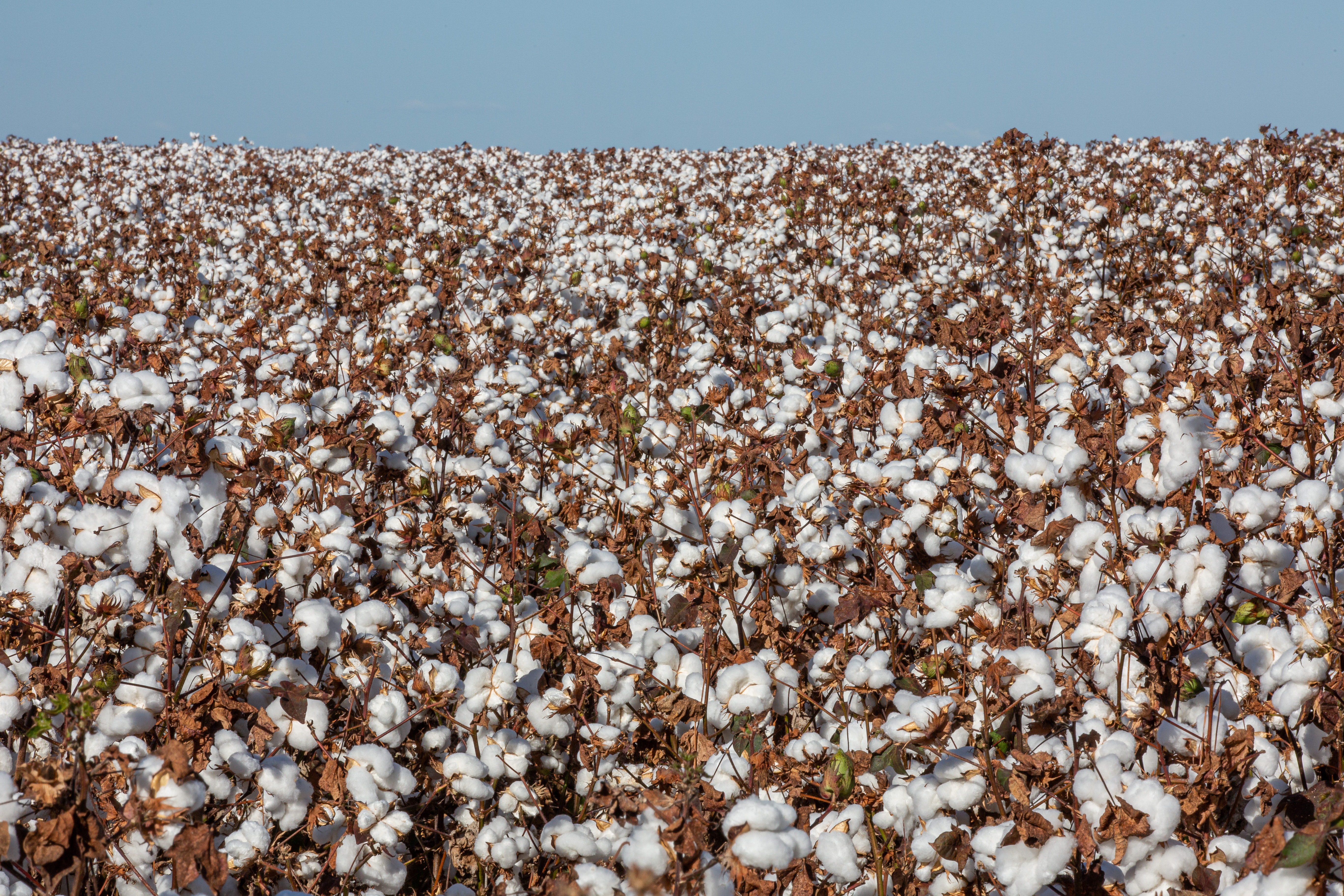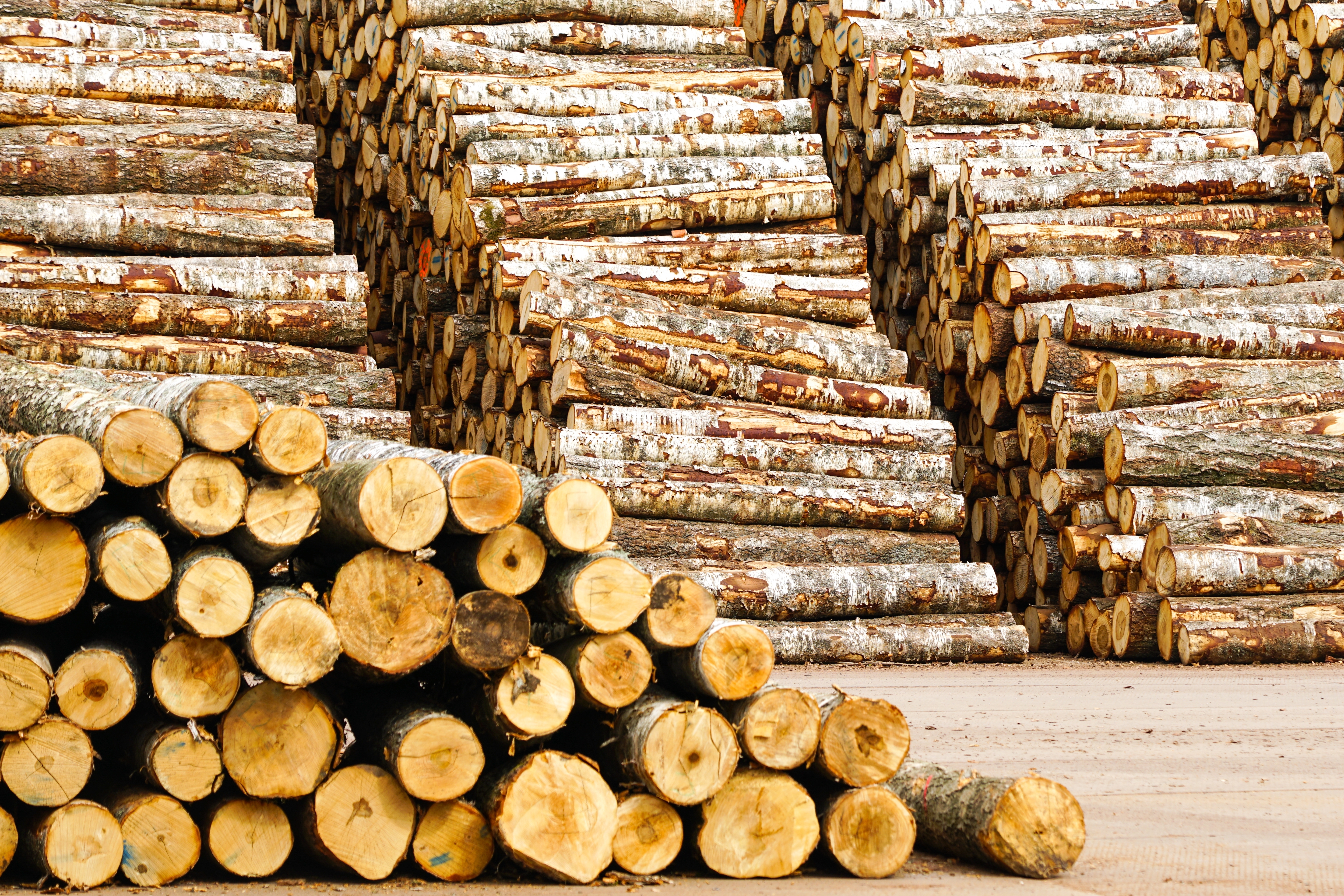
Bullock enclosure located within the Indio Maiz Biological Reserve
The reserve is among Central America’s most important Intact Forest Landscapes, home to jaguar, tapir and more than 1,000 species of bird. Before this year, it was assumed that its remote location and system of management by indigenous rangers had kept it largely safe from the extensive clearances for cattle ranching that have affected other Nicaraguan reserves.
But this is rapidly changing. In March 2017, indigenous rangers found a large cattle ranch located seven kilometres inside the reserve. In May, the NGO Fundación Rio identified 123 points where illegal deforestation had taken place or paths had been cleared. And on 11 July, the Rama and Kriol Territorial Government officially called for government action to tackle illegal incursions into the reserve, reporting that their investigations had found extensive areas where primary forest had been cleared and replaced with cattle pasture.
Also in July, a separate investigation by Mongabay LatAm in partnership with Nicaraguan outlet Onda Local charted deforestation spreading inwards for about ten kilometres from the western boundary of the reserve. Local informants told the investigators that most of this deforestation is driven by cattle ranches. While some are small, between seven and 35 hectares, others are reported to have brought in herds of up to 200 heads of cattle. From pastureland located within the reserve, the journalists were told, cattle are herded out along trails to Las Maravillas, a gateway to the interior, then sold into domestic and export markets.
The Mongabay investigation tracked down one specific farm within the reserve, covering 1,397 hectares, according to a worker interviewed at the site. More than 244 hectares of forest had been illegally cleared to make way for pasture which, local workers said, supports at least 70 heads of cattle. Journalists traced ownership of the farm back to José Solís Durón, a wealthy cattle rancher from the municipality of Nueva Guinea, which is at the heart of Nicaraguan cattle ranching country.
Durón told the journalists that the high price of land in Nueva Guinea had pushed him south in search of land. But journalists at Onda Local posit another explanation, pointing to controversial plans for the creation of a canal that will cut across the northern tip of the Indio Maiz Reserve. In line with these plans, Nueva Guinea lies in an area which will be turned into a large reservoir. This could be causing the area’s many cattle ranchers to seek new areas for pasture before their current holdings are swamped.



